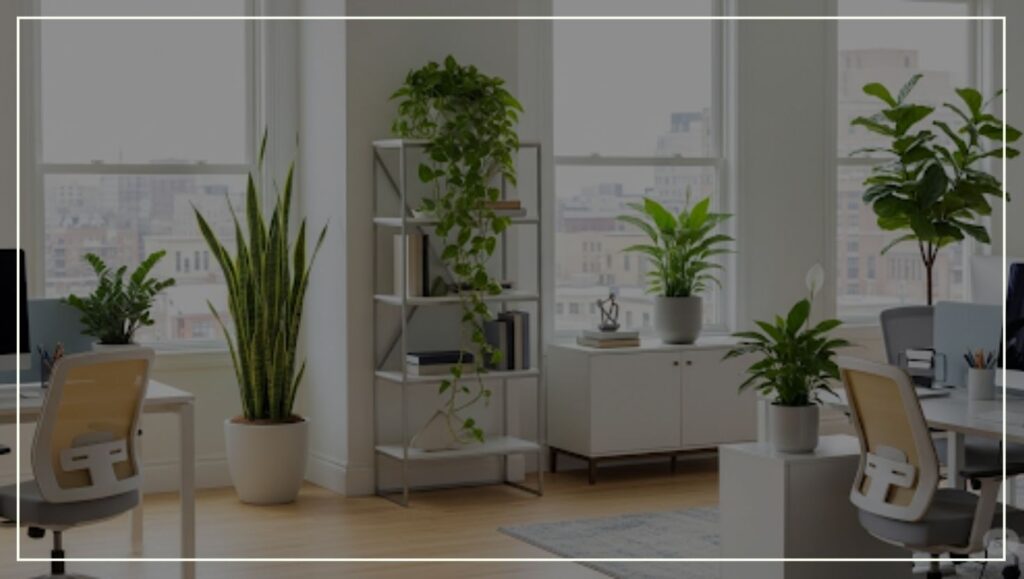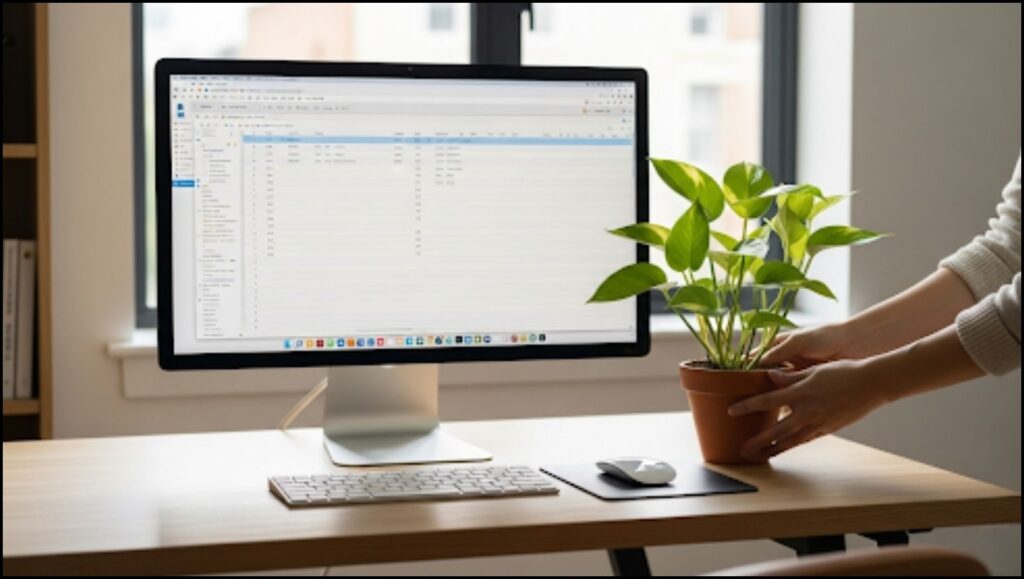As companies refine hybrid work models and encourage employees back to physical locations, the integration of greenery has become a key strategy for improving workplace wellness. Selecting the best houseplants for office settings can significantly enhance aesthetics and employee well-being. Experts say choosing resilient, low-maintenance varieties is crucial for success in a corporate environment.

Key Insights: Top Recommended Office Plants
| Plant Name | Key Feature | Ideal Environment |
| Snake Plant (Dracaena trifasciata) | Extremely resilient and air-purifying | Thrives in both low and bright indirect light. |
| ZZ Plant (Zamioculcas zamiifolia) | Highly drought-tolerant; needs infrequent watering | Perfect for low-light corners and forgetful owners. |
| Pothos (Epipremnum aureum) | Visibly droops when thirsty, easy to propagate | Versatile; can handle a range of lighting conditions. |
| Spider Plant (Chlorophytum comosum) | Non-toxic and produces offshoots (“pups”) | Prefers bright, indirect light but tolerates lower levels. |
The push to create more appealing and productive workspaces has led to a surge of interest in biophilic design, the concept of connecting humans with nature in built environments. A central element of this trend is the humble houseplant, which experts argue can transform a sterile cubicle into a more vibrant and healthy setting. But not all plants are created equal, especially when faced with the unique challenges of an office—fluctuating temperatures, artificial light, and sporadic care.
To navigate these challenges, professional plant stylists and horticulturists recommend a curated list of hardy plants that can thrive with minimal intervention. Their advice focuses on resilience, light tolerance, and watering forgiveness, ensuring that even the most novice plant owner can succeed.
The Science Behind a Greener Workspace
The benefits of incorporating plants into a professional setting are supported by a growing body of research. Studies have long suggested a connection between the presence of indoor plants and improved employee well-being. “The psychological benefits are quite clear,” said Dr. Craig Hedberg, a professor of environmental psychology, in a university publication. “Exposure to natural elements in the office can reduce stress, improve focus, and increase overall job satisfaction. It’s a low-cost, high-impact investment in human capital.”
A widely cited 2014 study from the University of Exeter found that enriching a “lean” office with plants could increase productivity by 15%. Researchers concluded that allowing employees to make design decisions in their workspace, including adding plants for productivity, made them more engaged and psychologically comfortable.
While a famous 1989 NASA Clean Air Study identified certain plants as effective at removing indoor air pollutants, experts caution against overstating this benefit in a large office. The study was conducted in a sealed lab, a very different environment from a typical, ventilated office building. The primary, proven benefits in a corporate setting remain psychological and aesthetic.
The Experts’ Top Picks for Low-Maintenance Office Plants
Plant stylists across the country consistently recommend a handful of tried-and-true plants known for their durability.
The Nearly Indestructible Snake Plant
The Snake Plant (Dracaena trifasciata), also known as mother-in-law’s tongue, is universally praised for its resilience. Its stiff, upright leaves store water, allowing it to survive for weeks without care.
“The Snake Plant is the go-to for any beginner or low-light office situation,” says Hilton Carter, a prominent plant stylist and author, in a recent interview with a major lifestyle magazine. “It tolerates neglect and can survive in the dimmest corners of a building. It almost thrives on being ignored.” This makes it one of the best houseplants for office life.
The Drought-Tolerant ZZ Plant
The ZZ Plant (Zamioculcas zamiifolia) is another top contender for its ability to withstand drought and low light. Its wide, dark green leaves have a waxy coating that helps retain moisture.
“If you have an employee who travels frequently or is forgetful, the ZZ Plant is your answer,” explained Eliza Blank, CEO of the plant company The Sill, in a company blog post. “It has large, water-storing rhizomes underground, so it prefers its soil to dry out completely between waterings. Overwatering is its only real enemy.”

The Forgiving Golden Pothos
Known for its fast-growing, vining leaves, the Golden Pothos (Epipremnum aureum) is one of the most popular houseplants in the world. It is exceptionally communicative, with leaves that visibly droop when it needs water, making it an excellent guide for new plant owners.
“Pothos is a fantastic choice for adding a bit of cascading greenery from a shelf or filing cabinet,” notes a guide from the University of Georgia’s extension service. It tolerates a wide spectrum of lighting conditions, though it may lose some of its leaf variegation in very low light. This makes it a versatile choice for various office desk plants.
How to Ensure Your Office Plant Thrives
Success with office plants goes beyond selection. Experts offer several key tips for plant care in a corporate setting:
- Assess the Light: Before purchasing a plant, observe the light in your intended spot. Most offices rely on fluorescent lighting, which is often sufficient for low-light species. A spot near a window with filtered light is ideal for plants that need more.
- Master the Watering Can: The most common mistake is overwatering. Office air conditioning can dry out the air, but it doesn’t always mean the soil is dry. Check the soil with your finger; if the top inch or two is dry, it’s likely time to water.
- Start Small: Choose smaller, more manageable plants to begin with. A small plant on a desk can provide the same mood-boosting benefits without requiring significant upkeep.
Ultimately, the goal is to add life and a touch of personal comfort to a space that can often feel impersonal. As a final piece of advice, Carter suggests, “Choose a plant that you find beautiful. If you love looking at it, you’re more likely to take care of it.”
The Most Resilient Low-Maintenance Houseplants for Modern Living
